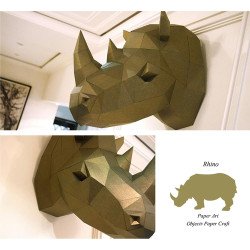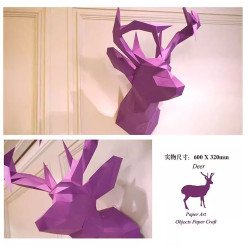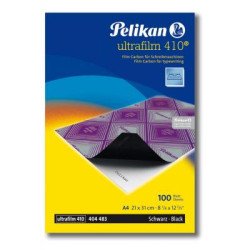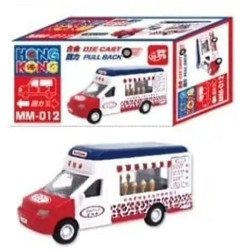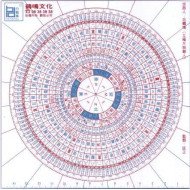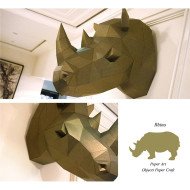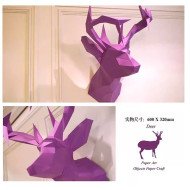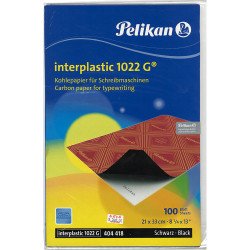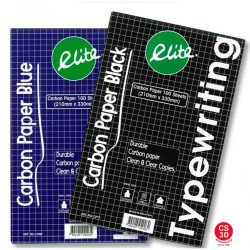CARBON copy PAPER
Over-the-bottom carbon paper is a type of pressure-sensitive carbon paper that is coated with dry ink or other pigments on one side, usually with a wax seal. When people made originals by hand or on a typewriter, this paper was used to make copies. This technology was widely used before modern digitalization and provided great convenience for daily office and business activities.
How to use carbon copy paper :
The use of carbon copy paper is very simple:
1. Prepare the materials: Place carbon carbon paper between two plain sheets of paper.
2. Positioning: Make sure the pigmented side of the carbon paper is facing the underlying paper that needs to be replicated.
3. Writing or typing: Writing or typing on the upper layer of paper, the pressure will transfer the pigment from the carbon paper to the lower layer of paper, resulting in a copy.
This method can generate multiple copies at once, especially when multiple documents need to be produced at the same time, such as invoices, contracts, etc.
carbon copy paper history
Carbon carbon paper The history of over-the-bottom paper dates back to the 19th century. Its invention revolutionized writing and recording. Before typewriters became widespread, handwriting was the primary form of writing, and carbon paper enabled writers to create multiple documents at the same time. With the advent and popularity of typewriters, carbon paper has become the standard in offices and commercial activities.
Although the use of carbon paper has gradually decreased with the development of digital technology, it still has irreplaceable value in some specific scenarios.
Uses of carbon copy paper
Carbon copy paper is used for a variety of purposes, including but not limited to: (carbon paper)
Commercial Contracts: Quickly generate multiple copies of contracts for both parties to keep.
- Invoices: Create multiple copies of invoices at the same time when handwritten or machine-typed, making them easy for accountants and clients to use.
- Sheets: The use of carbon paper is very common in forms that require multiple copies of the form, such as sales orders, orders, etc.

